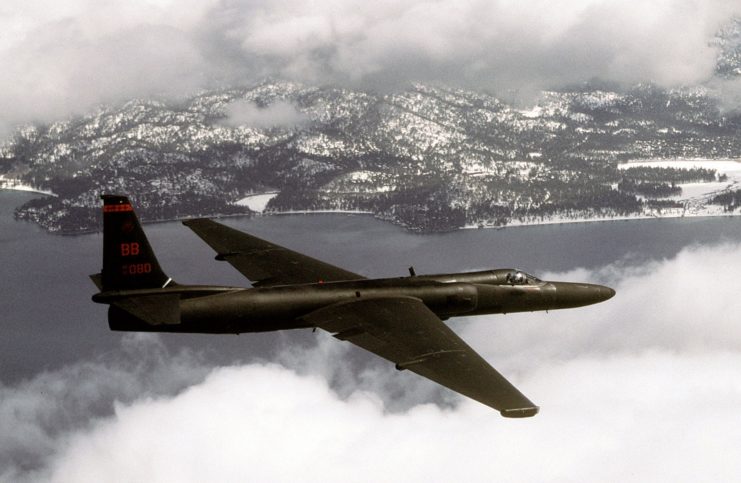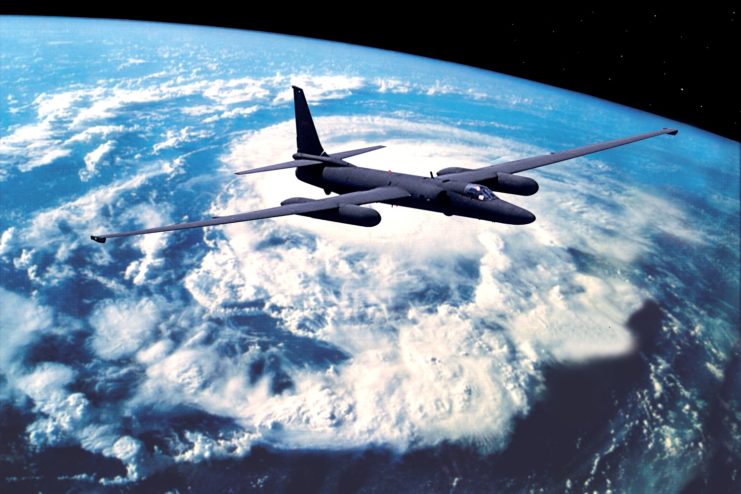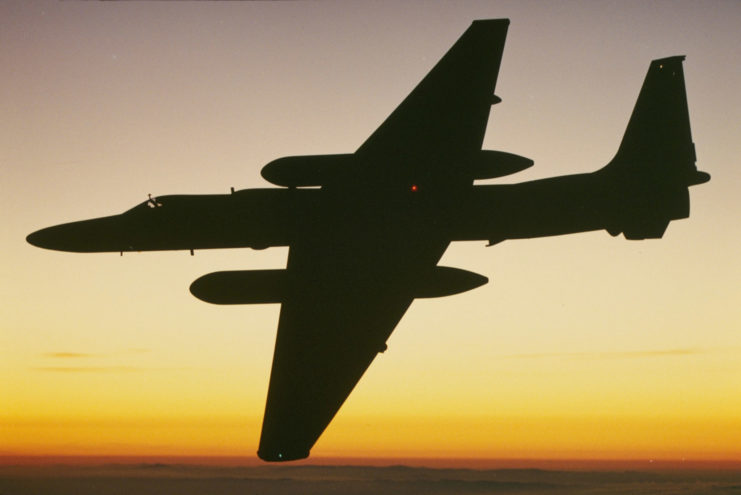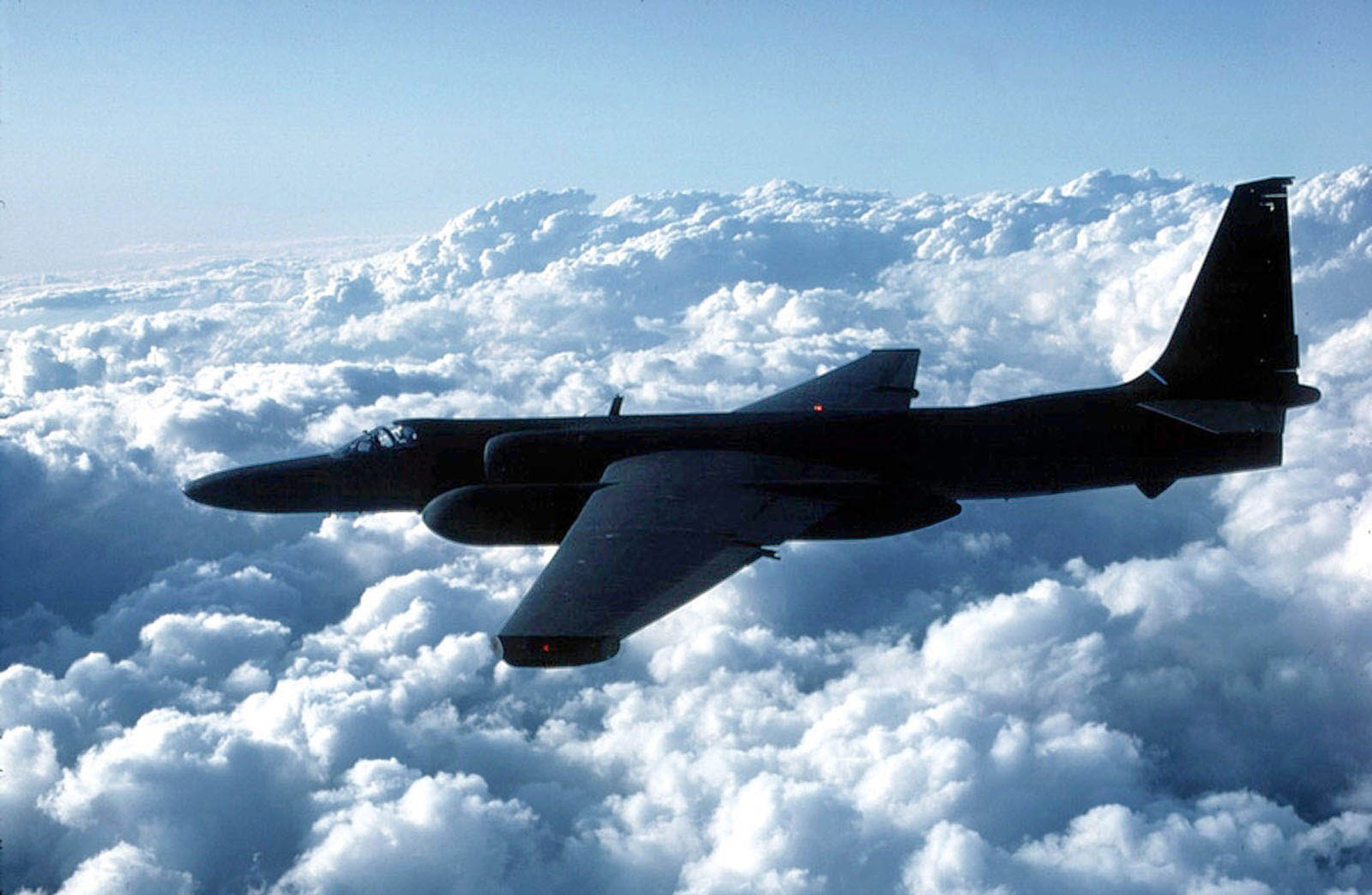The Lockheed U-2 has been serving the US silently at high altitudes since the 1950s. In that time, it has been used by the US Air Force, the CIA, and even NASA, performing missions at altitudes of up to 70,000 ft. It was a critically important tool for the US during the Cold War, using it to gather intelligence all around the globe. But at one point in the 1970s, Lockheed was in a spot of financial trouble and needed a boost in cash. To do this, they proposed arming the U-2 with highly advanced anti-ship missiles.
The incredible U-2

The U-2 was designed in the 1950s by Lockheed’s Skunk Works, led by revered aircraft designer Kelly Johnson, who would also develop the SR-71 Blackbird. Despite high-altitude flight still being relatively new, the U-2 was designed in and built-in under a year, first flying in 1955.
Its extremely high altitude capabilities made it invulnerable to even the best interceptors at the time.
The other secret weapon of the U-2 was its range. It could cover thousands of miles without needing to refuel, making it ideal for loitering above places of interest while snapping photos of the ground below. The first U-2s could photograph the ground from a height of 60,000 feet at a resolution of just 2.5 ft. Since then, the aircraft has received numerous upgrades to its avionics and systems, and now uses some of the US’ most powerful optical sensors.
The aircraft is famously difficult to fly, requiring extremely skilled pilots to operate it. The U-2’s most famous moment was in 1960 when Gary Powers was shot down in his CIA U-2 while flying over the Soviet Union.
It is a specialist aircraft, that was designed from the ground up to operate in very strict conditions. However, in the late 1970s, Lockheed very nearly changed that.
Lockheed needed money

Lockheed’s reputation had declined towards the late 1970s. Poor management, scandals, and undesirable press had knocked the company’s value down to sixth place amongst other major US defense contractors. The situation was so bad that Lockheed requested a $250 million loan from the US government to stop the company from collapsing.
To quickly generate cash, Lockheed looked to the trusty U-2. The aircraft had been in production since 1955, albeit in low numbers (just 104 were ever built), had a well-established production line and a proven track record. Although its role was niche, the U-2’s extreme altitude and range provided a great platform to expand upon.
Lockheed just needed to figure out how.
The 315B U-2

Lockheed proposed a new variant of the U-2, nicknamed the 315B. This would carry the AGM-53 Condor, a highly advanced and capable air-to-surface missile. The 950 kg, 4-meter long Condor had a range of 60 miles and could be locked onto a target or guided manually. This manual guiding system was the missile’s primary selling point. A camera in the nose of the Condor transmitted a live image back to the aircraft, allowing the weapon’s operator to accurately steer the missile to its target.
The Condor’s standard 290 kg warhead could have been swapped with a nuclear weapon.
To operate the weapon, the 315B U-2 had an extra crew station added, which would have functioned similarly to other two-seater aircraft like the F-14 Tomcat. From this rear position, the crewmember could fire and guide the missile using the Condor’s live feed. The aircraft’s high altitude and long-range would have made for an excellent platform to fire and guide missiles into enemy ships.
However, the Condor-armed U-2 was not to be.
The AGM-53 Condor proved to be too advanced for its own good. Its development had begun in 1962, but setbacks and delays meant it wouldn’t fly until 1970. The live-feed was the main source of the Condor’s issues, as it was relatively unreliable, yet extremely expensive to design and produce. The small size of the warhead also made the weapon financially impractical. When it worked, the Condor’s long-range and high precision made it deadly, but the costs couldn’t be justified. In 1976, the development of the AGM-53 Condor was canceled.
More From Us: When the Soviets Shot Down A U-2 Spyplane, The Cold War Turned Hot
An armed version of the U-2 never entered service, but the end of this project was certainly not the end for Lockheed or the U-2. Lockheed would bounce back from their 1970s decline with the F-117 Nighthawk, the world’s first dedicated stealth aircraft.
The U-2 still flies today and is among the shortlist of US aircraft that have been in service for over half a century.
